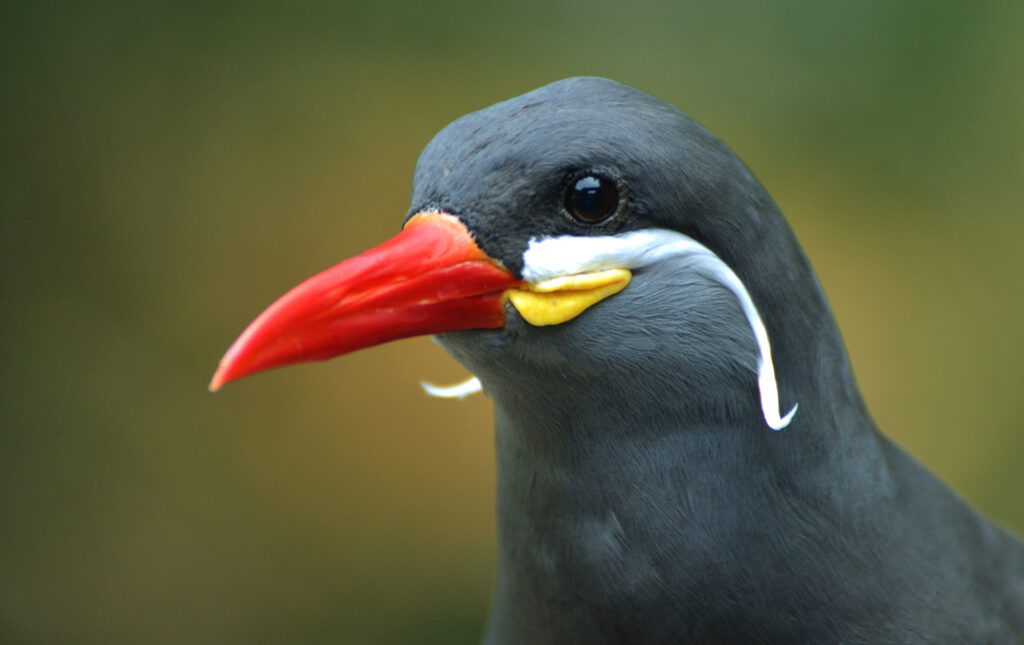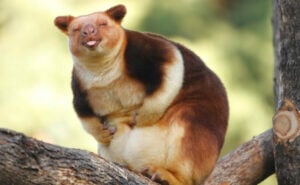This handsome chap is known as the Inca tern, a threatened species found along the west coast of South America. These birds have become known worldwide for to their impressive white mustache, technically called plumes. They help make them one of the most distinctive birds on the planet.

Though the handlebar mustache is certainly the most striking feature, bright red beaks and yellow feathers under the mustache also make the Inca tern hard to miss. There were once millions of them, dotted along the coast stretching from Peru down to Chile, however they now number just 150,000. This means they are not endangered, but are considered threatened.
As with humans, the Inca tern doesn’t grow its famous ‘tache until it reaches adulthood. This is typically around two years for the birds. Both males and females have the same colored feathers and look similar. These mustaches are not just for show, but rather are said to be a sign of the bird’s physical health. A lengthy mustache is a sign of a healthy bird.

They are larger than they look, measuring around 16 inches (40 centimeters) in length, with a wingspan of over 30 inches (80 cm). Their call is a high-pitched loud, often compared to a cat’s meow.
Its name, as you may have deduced, comes from the ancient Inca Empire which once ruled in western South America. The birds live in colonies along large stretches of the coast, and nest in rock fissures, burrows and caves between the cliffs and beaches. They have also been known to take the nests left by Humboldt penguins.
Read More: These giant lemurs are scientifically proven to have rhythm
And the Inca tern’s propensity for theft is not confined to their homes. As piscivores, they eat only fish. Their diet consists largely of anchovies, crustaceans and plankton, which they swoop straight down into the sea for. But they have also been known to try and take food directly from the mouths of bigger predators, like sea lions and dolphins, as well as pestering local fishing boats.
At sea, this means sea lions are their biggest predators. On land, they also face attacks from predictable mammals like wild cats, and larger birds sometimes attack the terns.
You might also be interested in the biggest, bluest parrot in the world:





